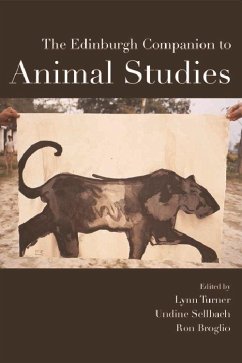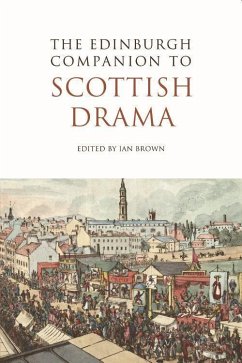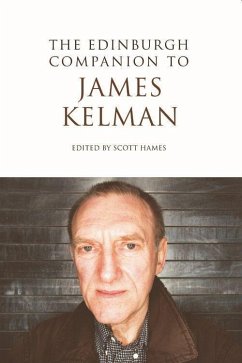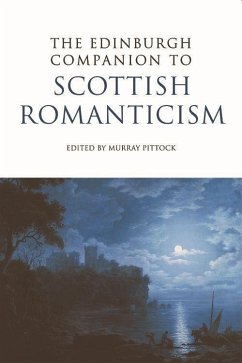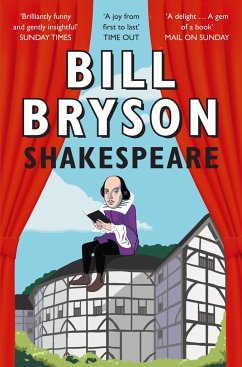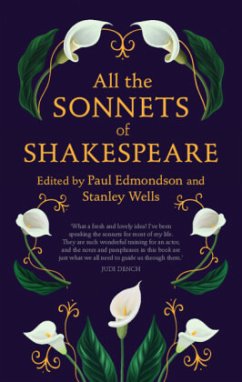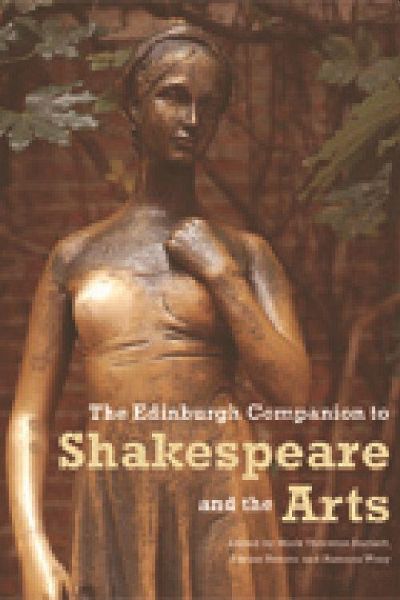
The Edinburgh Companion to Shakespeare and the Arts

PAYBACK Punkte
127 °P sammeln!
AUTHOR APPROVED 'This is a capacious book on a capacious subject: Shakespearean culture. From comic books to sculpture, poetic language to silent film, the Renaissance stage to the internet, this book shows the ways in which Shakespeare inhabits myriad art forms across time and space. Not only do the thirty topics covered by the contributors illuminate Shakespeare's use for novelists, poets, musicians, artists, dancers and filmmakers but they also locate Shakespeare in his own age and on his own stage. There is no Companion like this!' Laurie Maguire, University of Oxford 'This remarkable coll...
AUTHOR APPROVED 'This is a capacious book on a capacious subject: Shakespearean culture. From comic books to sculpture, poetic language to silent film, the Renaissance stage to the internet, this book shows the ways in which Shakespeare inhabits myriad art forms across time and space. Not only do the thirty topics covered by the contributors illuminate Shakespeare's use for novelists, poets, musicians, artists, dancers and filmmakers but they also locate Shakespeare in his own age and on his own stage. There is no Companion like this!' Laurie Maguire, University of Oxford 'This remarkable collection is the most comprehensive and up-to-date Companion to Shakespeare ever assembled. With thirty essays all by distinguished or cutting-edge scholars, covering every significant mode of Shakespearean production and adaptation from the early modern period to the present, such as in music, comics, television, dance, visual arts, radio, film, as well as on the stage, there is no better book for Shakespeare courses to contextualize and complement the Bard's own work.' Bryan Reynolds, University of California, Irvine Explores the place of Shakespeare in relation to artistic practices and activities, past and present The thirty newly commissioned chapters in this Companion recover the conditions that enabled Shakespeare's art, and move through subsequent centuries to detail how the plays and poems have been reworked and revitalized in the arts of modernity, including publishing, exhibiting, staging, reconstructing and disseminating. Each chapter provides both a synthesis and a discussion of a topic, informed by current thinking and theoretical reflection. Key Features " Addresses Shakespeare in terms of a global frame of reference " Chapters consider chronology and overview, critical history and analysis " Responds to a growing critical and pedagogical interest in the relations between Shakespeare, the arts, film, performance and mass media more generally Thematic




